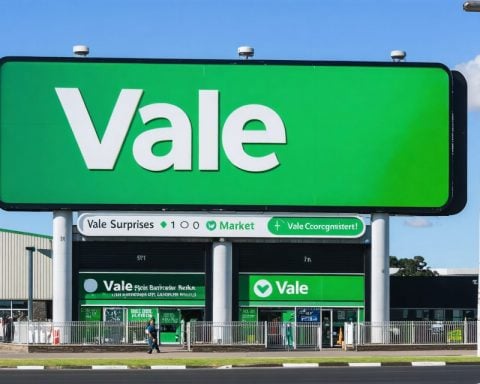In a strategic move aimed at revolutionizing the telecom industry, Nokia has secured the technology assets of Rapid, significantly enhancing its capabilities in the application programming interface domain. This recent acquisition includes Rapid’s impressive API hub, which is acclaimed as the largest globally and is utilized by a multitude of developers.
Nokia’s Vision for the Future
Nokia’s latest transaction is designed to expand its network API roadmap and bolster the entire API ecosystem, specifically for the management and operation of 5G and 4G infrastructures. By integrating Rapid’s pioneering API technology with Nokia’s existing Network as Code platform, telecom operators will gain sophisticated tools for enhanced control over API utilization, efficient management of their lifecycle, and stronger collaboration avenues with Rapid’s extensive developer community.
Network as Code: A Growing Success
After launching the innovative Network as Code platform in September 2023, Nokia has successfully partnered with 27 collaborators on a global scale. This underscores their commitment to advancing operational capabilities in telecommunications through cutting-edge technological solutions.
While the financial specifics surrounding the acquisition remain undisclosed, the agreement was promptly signed and finalized, marking a significant milestone for Nokia’s future endeavors.
This development signifies a major leap for Nokia as it positions itself as a pivotal player in the modern telecom landscape, driving forward the integration of advanced API solutions to meet the demands of evolving network environments.
Nokia’s API Evolution: A New Era in Telecom Connectivity
As Nokia expands its influence in the telecom industry through its latest acquisition of Rapid’s technology assets, the implications of this move resonate beyond immediate technological enhancements, affecting various aspects of society and industry worldwide. By acquiring the world’s largest API hub, Nokia is not only solidifying its standing but also paving the way for transformative changes in how we interact with network technologies.
A Closer Look at API Significance
Application Programming Interfaces (APIs) are the backbone of modern digital services, allowing different software systems to communicate efficiently. With the integration of Rapid’s API hub into Nokia’s arsenal, we can anticipate an exponential increase in innovative applications, particularly in enhancing user experiences on 4G and 5G networks. But what does this mean for everyday users, communities, and industries?
Transforming Communication and Industry
For consumers, the effects may manifest in the form of faster and more reliable services, enhanced mobile applications, and new service offerings that were previously impractical. As networks evolve, so does the potential for more advanced technologies like virtual reality (VR) and augmented reality (AR), pushing their mainstream adoption further.
On an industrial level, sectors such as healthcare could benefit immensely. APIs can foster seamless data exchange, improve telemedicine applications, and facilitate real-time communication between devices, paving the way for more efficient remote healthcare solutions.
Community and Global Impact
Communities, especially in remote areas, stand to gain from improved telecommunications infrastructure. With Nokia’s stronger API integration, these communities might experience better connectivity, opening up new educational and economic opportunities that could aid in reducing the digital divide.
Challenges and Controversies
However, the use of APIs is not without its challenges. Security concerns, especially regarding data privacy and breach risks, remain paramount. With APIs exchanging vast amounts of data, safeguarding this digital information is crucial. Furthermore, the rapid technological shift could widen the gap for regions lacking adequate infrastructure to support these advancements, leaving them further behind.
Advantages and Disadvantages
The primary advantage is the seamless integration and enhanced operational capabilities it provides to mobile networks. Improved infrastructure, better user experiences, and widespread innovation are imminent positive outcomes.
Conversely, the disadvantages include potential cybersecurity risks and an increasing dependence on a few key players in the tech industry, which could stifle competition and innovation from smaller developers.
FAQ: Common Questions Addressed
– What are the primary benefits to industries like healthcare?
The healthcare industry can expect improved interoperability between devices and robust telemedicine applications, enhancing patient care and reducing operational costs.
– How might this affect digital inclusion?
While there are potential benefits through better connectivity, there is a risk that regions unable to afford new technologies or enhance infrastructure could fall behind, exacerbating digital inequality.
For further exploration on how technological advancements like APIs are shaping industries, you might consider visiting link name for more insights.
In conclusion, Nokia’s strategic acquisition and integration of Rapid’s technology mark a promising future for telecom innovations. Balancing advancement with responsibility will be key to ensuring that these benefits reach a global audience, spearheading a more connected world.























